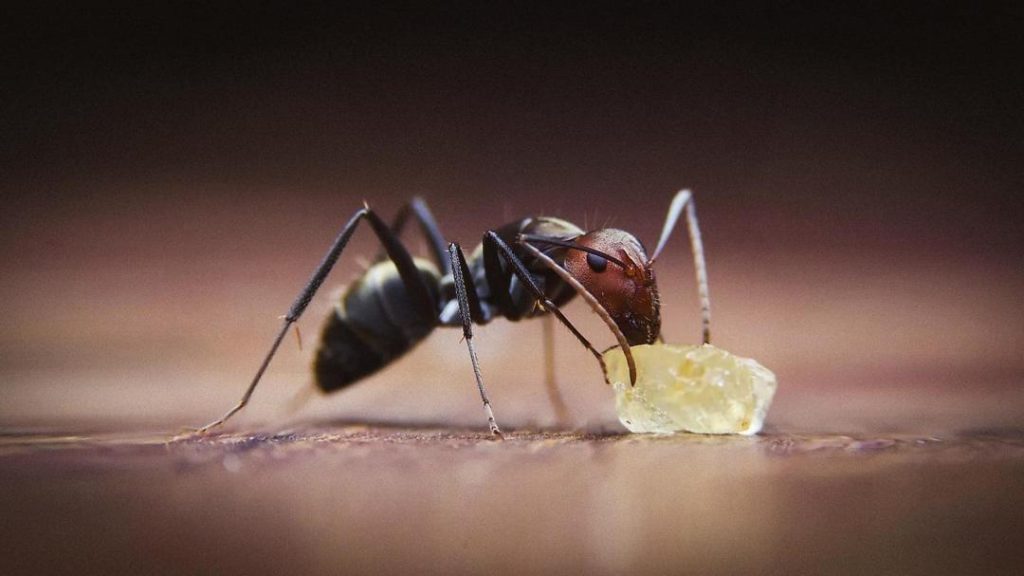
Genetics Shape Caste in Ants, Not Just Size: Study
When it comes to social insects like ants, understanding the factors that determine their behavior and social structure is crucial for gaining insights into their complex societies. For a long time, scientists have believed that the size of an ant determines whether it becomes a queen or a worker. However, a recent study by researchers at Rockefeller University has challenged this long-standing assumption. According to their findings, genetics play a much more significant role in determining an ant’s caste than previously thought.
The study, published in the journal Proceedings of the National Academy of Sciences (PNAS), reveals that even ants of the same size can develop differently depending on their genetic makeup. This means that environmental factors like food and temperature, which can influence an ant’s size, have no bearing on its caste. The researchers found that the genes of an ant determine the threshold at which queen traits emerge, effectively making genetics the primary driver of caste determination.
To arrive at this conclusion, the researchers used a combination of genetic analysis and behavioral experiments. They studied the colonies of the ant species Camponotus castaneus, which is native to the southeastern United States. The team collected ants of different sizes and analyzed their DNA to identify genetic variations. They then placed these ants in controlled environments and observed their behavior to see how they developed.
The results were striking. Even ants of the same size showed distinct differences in their behavior and physical characteristics, depending on their genetic makeup. The researchers found that certain genetic variations were associated with queen-like traits, such as egg-laying and increased body size, while others were linked to worker-like traits, such as reduced body size and increased foraging behavior.
This study has significant implications for our understanding of social insect behavior. For decades, scientists have believed that size was the primary determinant of an ant’s caste. However, this study shows that genetics play a much more significant role. This means that ants of the same size can develop differently depending on their genetic makeup, which has important implications for the social structure of their colonies.
For instance, colonies of ants with a predominantly queen-like genetic makeup may be more likely to have a dominant queen, while those with a predominantly worker-like genetic makeup may be more likely to have a more egalitarian social structure. This has important implications for the way we understand the evolution of social behavior in insects.
The study also highlights the importance of considering genetic factors in the study of social behavior. By focusing solely on environmental factors, scientists may be overlooking the key role that genetics plays in shaping behavior. This is particularly important for understanding the complex social behaviors of insects, which are often driven by genetic differences between individuals.
In conclusion, the study by Rockefeller University researchers has challenged our understanding of caste determination in ants. By showing that genetics play a much more significant role than previously thought, this study highlights the importance of considering genetic factors in the study of social behavior. This has important implications for our understanding of the evolution of social behavior in insects and has significant potential for future research.
Source:






